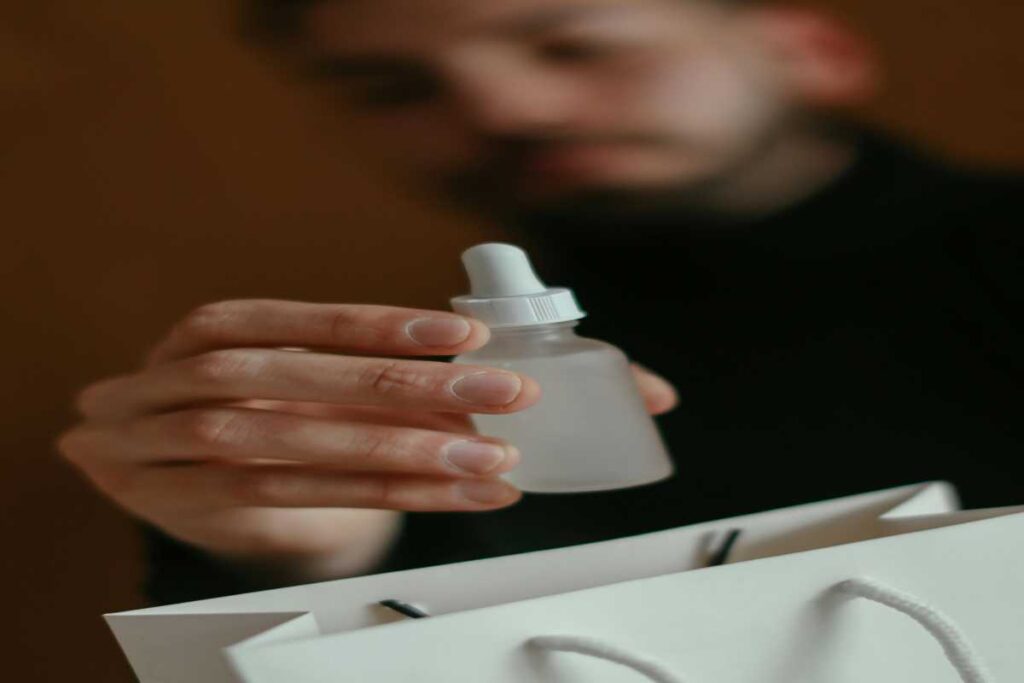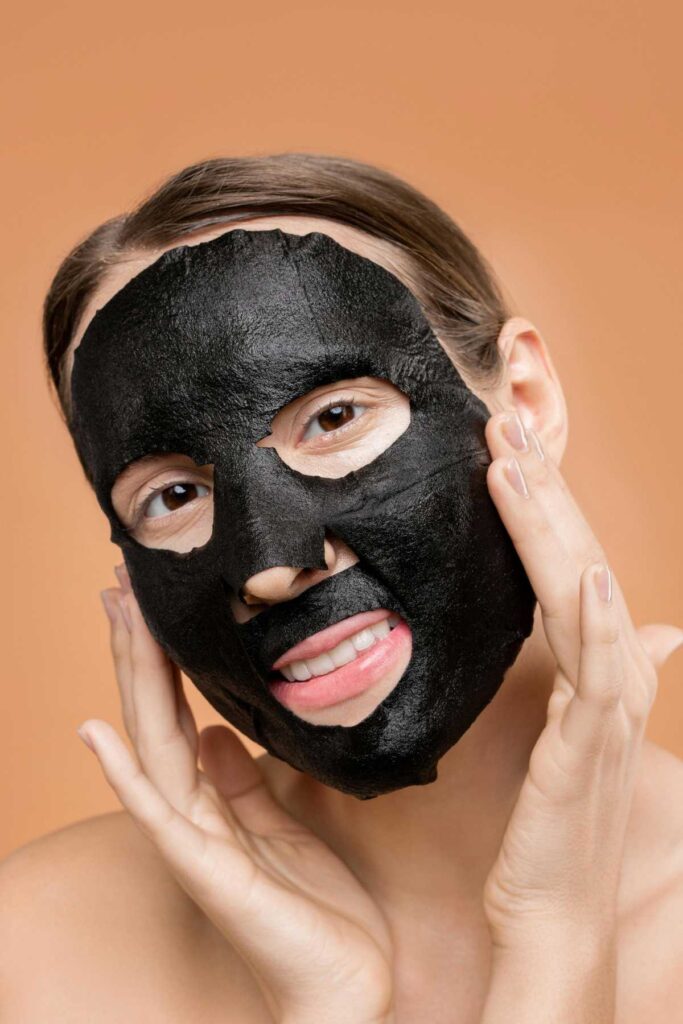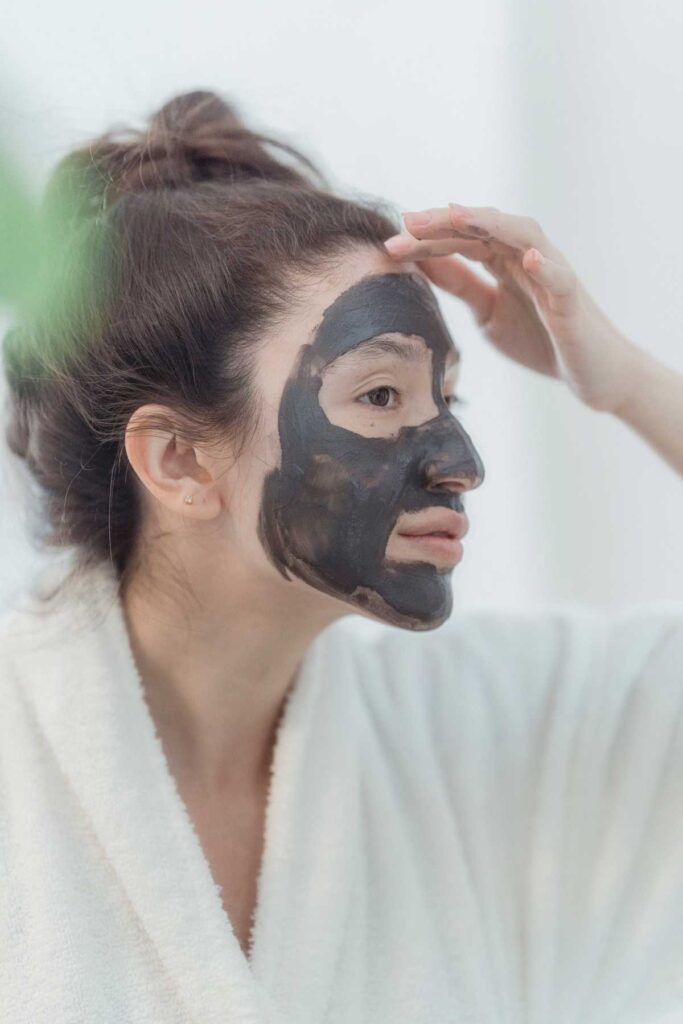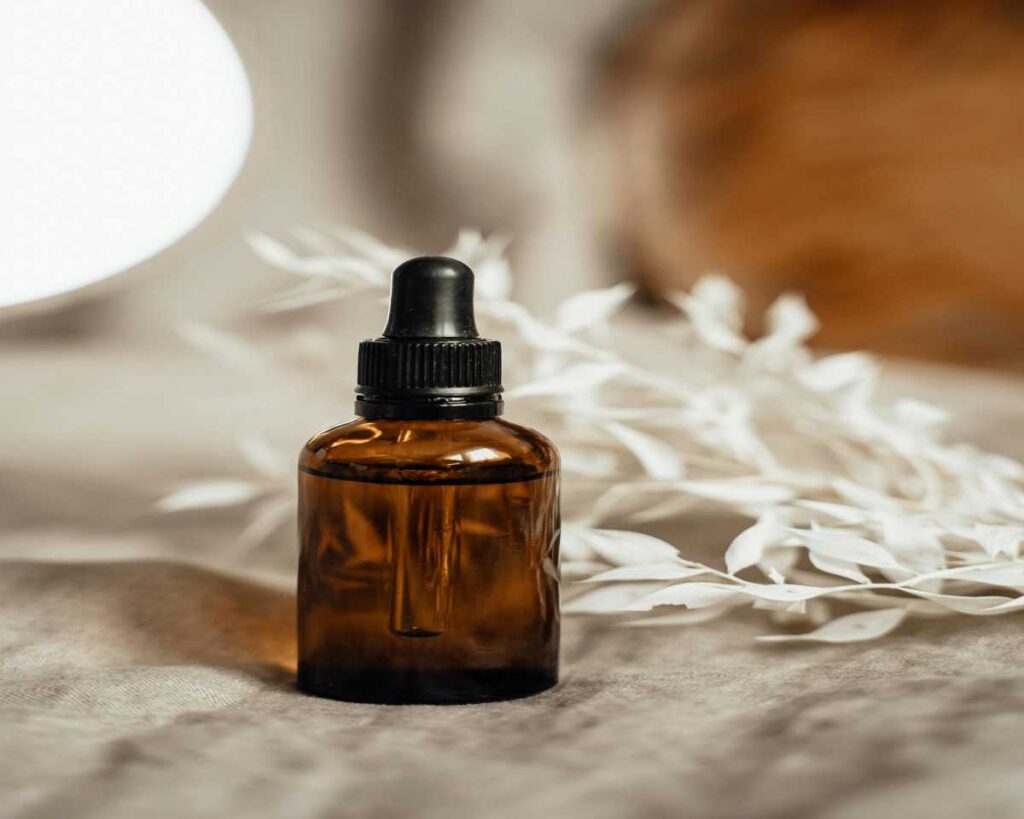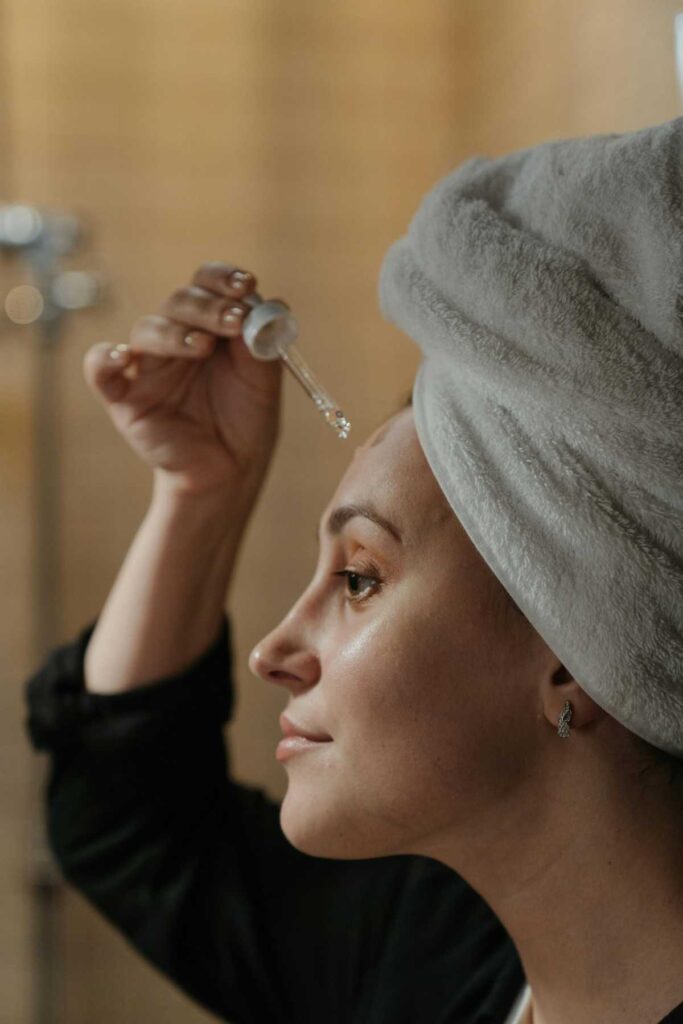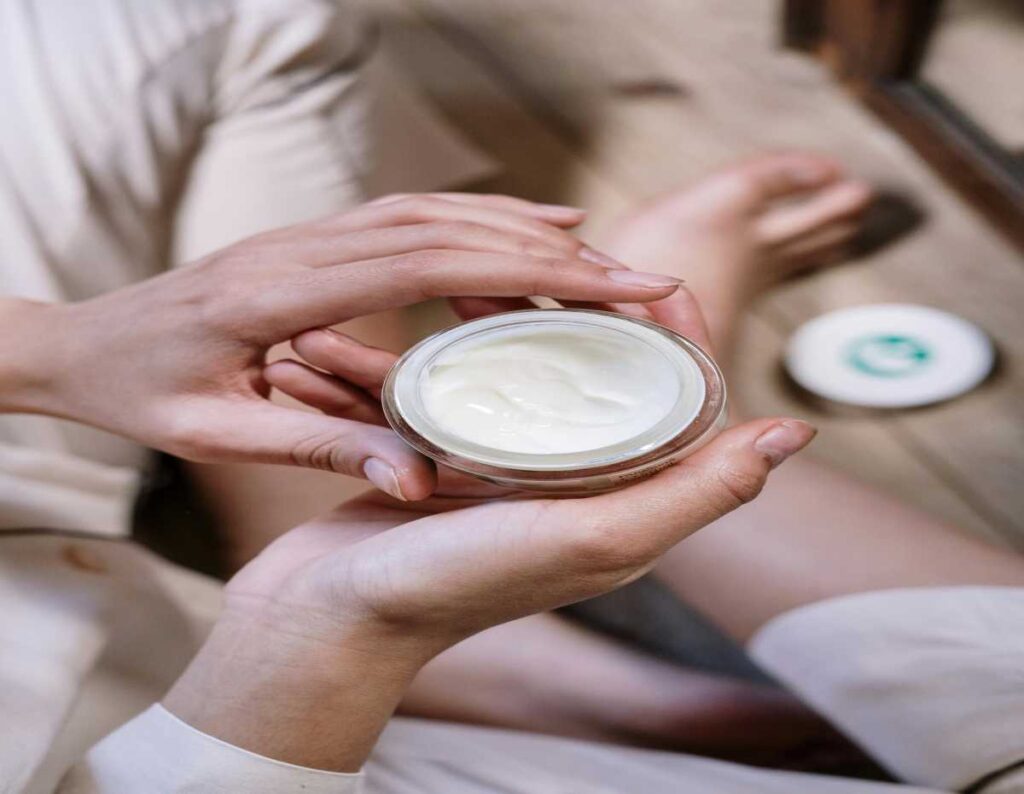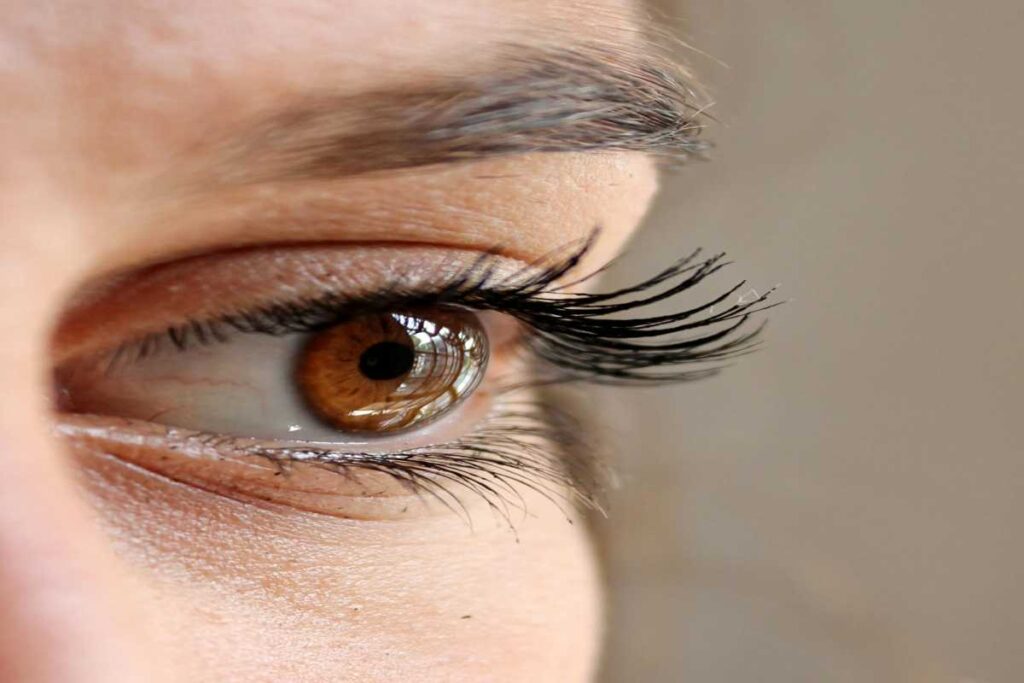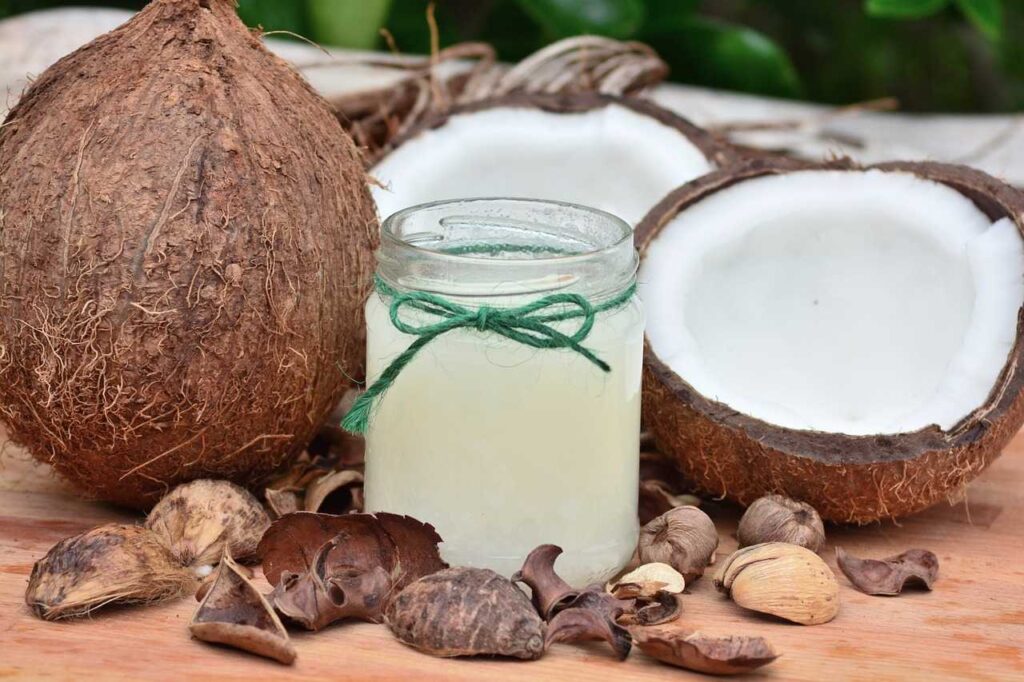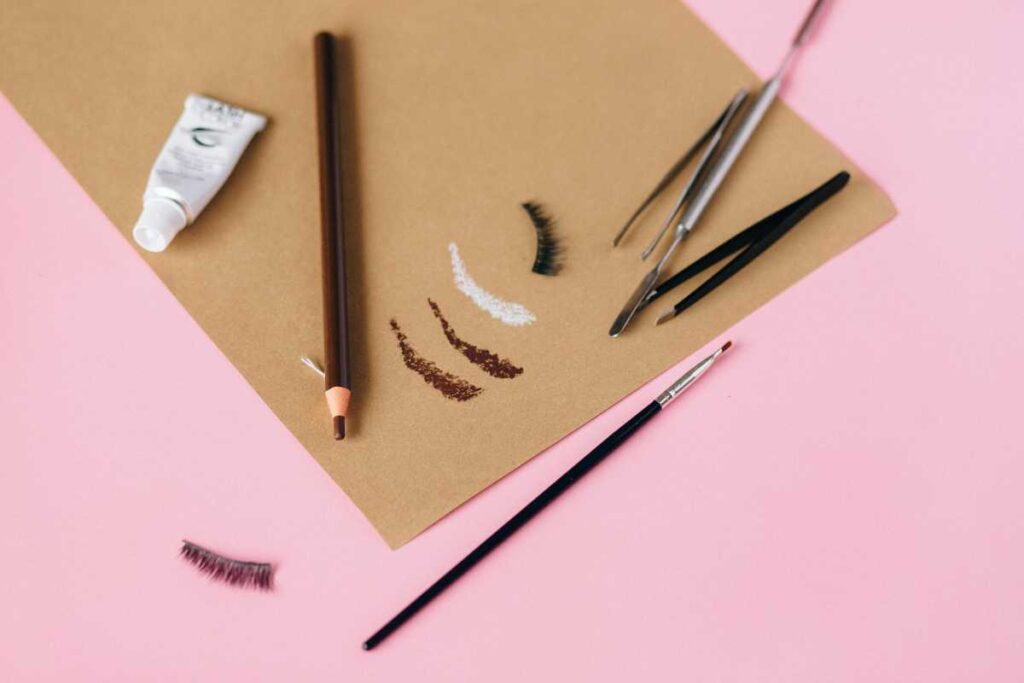Beeswax, a natural substance produced by honeybees, has been used for centuries in skincare and hair care products due to its many beneficial properties. It is packed with nutrients and provides a protective layer that helps maintain hair health. In this article, we’ll explore the top 5 benefits of beeswax for hair, how to use it effectively, and potential side effects.
What is Beeswax?
Beeswax is a natural wax produced by honeybees that is used to build their honeycombs. It is composed of fatty acids, alcohols, and esters, making it rich in nutrients that benefit hair and skin. When used in hair care products, beeswax can provide texture, moisture, and protection, helping to address several hair-related concerns.
5 Benefits of Beeswax for Hair
1. Natural Hair Conditioner
Beeswax is an excellent natural conditioner. It helps to lock in moisture, making hair soft and shiny without weighing it down.
- How it helps: Beeswax forms a thin layer on the hair shaft, sealing moisture inside, which prevents dryness and frizz. It’s particularly beneficial for dry or coarse hair.
2. Promotes Hair Growth
Beeswax can stimulate hair growth by improving circulation to the scalp. Its emollient properties help to nourish the scalp and reduce inflammation.
- How it helps: By providing a healthy, moisturized scalp environment, beeswax can promote the growth of healthy hair. It also helps in strengthening hair follicles, preventing hair loss.
3. Reduces Hair Breakage
Due to its moisturizing and protective properties, beeswax can prevent hair from becoming brittle and breaking. It adds structure and flexibility, making hair less prone to damage.
- How it helps: Beeswax coats the hair, providing a barrier against environmental stressors and reducing the risk of split ends and hair breakage.
4. Adds Shine and Luster
Beeswax can give your hair a healthy, glossy finish without the use of synthetic chemicals. It enhances your natural shine and helps smooth down the hair cuticle.
- How it helps: It provides a non-greasy shine that makes hair look healthy and vibrant, perfect for dull or lackluster hair.
5. Acts as a Natural Styling Agent
Beeswax is used in many hair styling products because of its ability to add texture and hold to hairstyles. It can be especially useful for taming flyaways and adding definition to curls.
- How it helps: It provides a light hold for styles like pompadours, twists, or textured curls, making it a great natural alternative to hair gels and sprays.
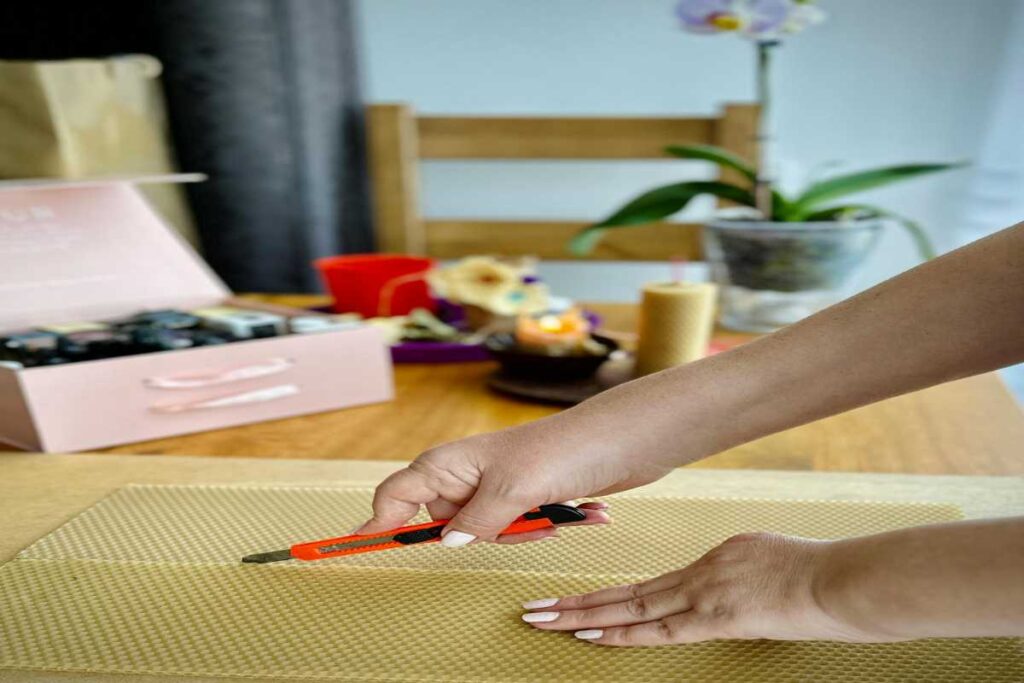
How to Use Beeswax for Hair
1. Beeswax Hair Mask
To deeply condition your hair and promote moisture retention, create a beeswax hair mask.
- Instructions: Mix a small amount of beeswax with coconut oil or olive oil. Warm it up to melt the beeswax and mix well. Apply to your hair from roots to ends, leave it on for 20-30 minutes, then rinse thoroughly.
2. Beeswax for Styling
For a natural styling agent, you can use beeswax directly on your hair.
- Instructions: Rub a small amount of beeswax between your palms to soften it. Apply it to your hair for texture, hold, or to smooth frizz. A little goes a long way, so use sparingly.
3. Scalp Treatment
If you have a dry scalp, beeswax can help moisturize and protect it.
- Instructions: Combine beeswax with aloe vera gel or tea tree oil. Apply it directly to the scalp and massage gently. Let it sit for 10-15 minutes before washing.
Side Effects of Beeswax for Hair
While beeswax is natural and generally safe for most people, it can cause side effects in some cases. It’s important to be aware of potential reactions, especially if you have sensitive skin or allergies.
1. Allergic Reactions
Some individuals may be allergic to beeswax, especially if they are allergic to bee products (like honey or pollen).
- Symptoms: Skin irritation, itching, or swelling when beeswax is applied. Always do a patch test on a small area of your skin before using it extensively.
2. Clogging Pores
Beeswax is a heavy substance, and if not used sparingly, it may clog the pores on the scalp, leading to scalp acne or folliculitis (inflammation of hair follicles).
- How to avoid it: Use beeswax products in moderation and make sure to thoroughly cleanse your scalp after using beeswax treatments.
3. Build-Up
Overuse of beeswax in hair care products can result in product buildup, making your hair feel greasy or heavy.
- How to avoid it: Make sure to wash your hair thoroughly and regularly, using a clarifying shampoo to remove any buildup.
4. Hard to Remove
Since beeswax is a thick, waxy substance, it can be challenging to fully remove from the hair without proper cleansing.
- How to avoid it: Use a deep cleansing shampoo or oil (like coconut oil) to break down the beeswax before washing with your regular shampoo.
Conclusion
Beeswax is a fantastic natural ingredient for nourishing, conditioning, and styling your hair. It offers a range of benefits from adding shine and moisture to preventing hair breakage and promoting growth. However, like any ingredient, it’s important to use it correctly and be mindful of potential side effects such as allergies or product buildup. By incorporating beeswax into your hair care routine in moderation, you can enjoy its many benefits for healthy, shiny, and well-styled hair.


